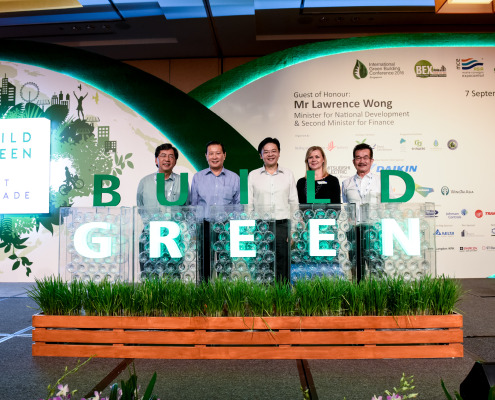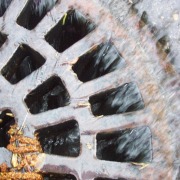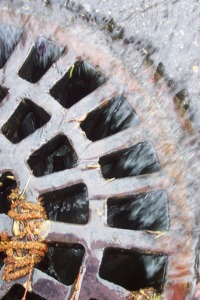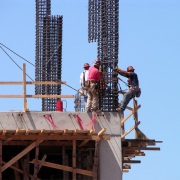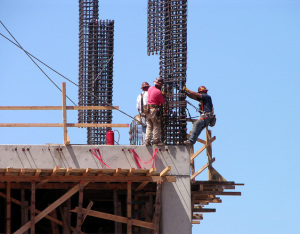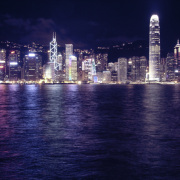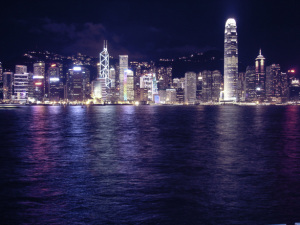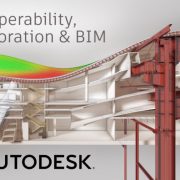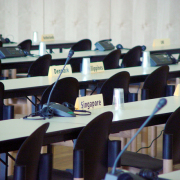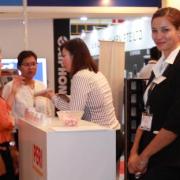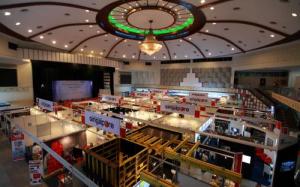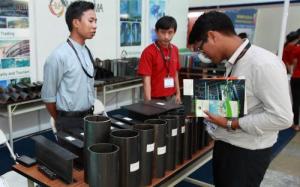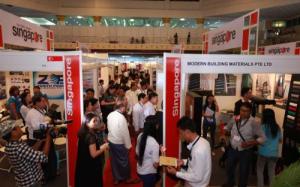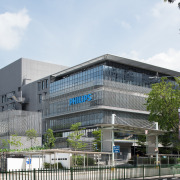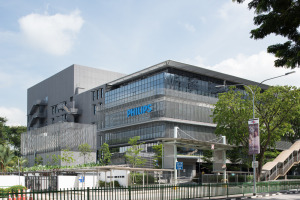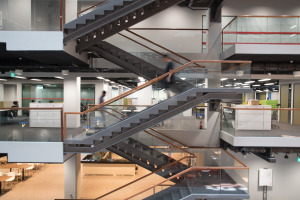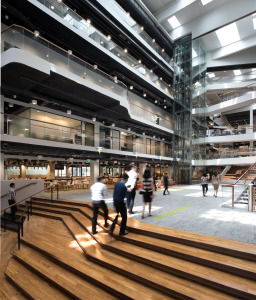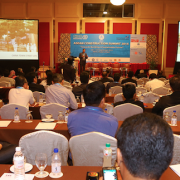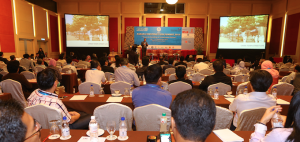Reading Time: 4 minutes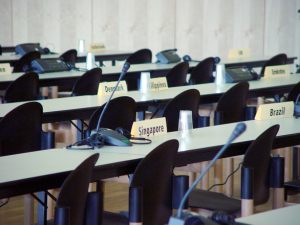
BEX Asia is uniquely poised to deliver ideas and solutions.
Against a backdrop of accelerating climate change and rapidly increasing population growth, the call for more energy and cost-efficient buildings in Southeast Asia is immediate. With IDC’s prediction that Asia Pacific will become the frontline for the Internet of Things (IoT) by 2021, the green building industry can expect an increased adoption of green technologies with a growing focus on IoT.
Returning in its ninth edition, the upcoming Build Eco Xpo (BEX) Asia 2016 will be held at Marina Bay Sands Expo and Convention Centre Singapore from 7 to 9 September, 2016. In light of a rapidly advancing infocomm technology landscape, BEX Asia is uniquely poised to deliver ideas and solutions to futureproof the built environment with an increased focus on smart yet energy-efficient technologies.
The event will see the convergence of green building experts, policy-makers, academics and built environment practitioners of international recognition for a discussion of new ways to tackle these issues. Exhibitors will showcase ways in which green buildings and new technologies can work in tandem for a regenerative approach to building designs, propelling the industry beyond the existing sustainability agenda. Minister for National Development, Mr Lawrence Wong, will grace the opening ceremony.
An energy-efficient event strategy that can take the heat
The future of the green building industry is facing a high degree of complexity and uncertainty due to climate change and the disruptive nature of innovation. As regenerative solutions take centre stage this year, visitors to BEX Asia will see a strategic three-way rollout of the exhibition and seminar to focus on green architectures, smart technologies and energy efficient solutions.
One-stop business exchange platform
Continuing the tradition of previous exhibitions, BEX Asia 2016 will also house dedicated market pavilions from mainland China, Taiwan and Singapore, consolidating in-country exhibitors for an overview of game-changing solutions of local relevance to the regional audience.
“We aim to lead the charge for sustainable coating solutions for greener architectures through our innovative products. Our eco-friendly products can improve the quality of life, and we’re very excited to be at BEX Asia 2016 to share our expertise and network with the community,” said Kel Low, Senior Manager, Specifier Relations, Nippon Paint.
Echoing a similar sentiment is Alex Lau, CEO, Anacle Systems, a home-grown green technology firm determined to resolve energy wastage with its smart energy management system. “BEX Asia serves as a launch pad for transformation in areas of energy efficiency and smart technology. Our generation is technologically savvy and it is important to have energy saving abilities like smart meters and energy tracking systems at our fingertips. BEX Asia is an ideal place for us to be part of dialogues to drive breakthroughs in next-gen energy management.”
Anacle Systems and Nippon Paint will be joined by returning and new exhibitors including Akzo Nobel Paints, Camfil, Fuji SMBE, Kansai Paint, LifeSmart Singapore, Mun Hean, Parex Group, REC, and ST Electronics at BEX Asia 2016.
Thought provoking insights exchange
According to the Global Green Building Market Outlook 2020 published by Research and Markets, the worldwide green building market will grow at a compound annual growth rate of about 13 percent from 2015 to 20202. This growth can partly be attributed to rising awareness of the implications of climate change, and the understanding that green buildings can result in lower level of greenhouse emissions.
To continue to advance such knowledge, industry innovators will gather at the ‘Green View’ to share related insights from which our man-made environment is founded on. Seminar goers can expect topics ranging from an education of materials necessary for green architectures by San Marco Paints and Graphenstone, to visionary tales of a smart community by Lux Research and getting to the heart of the energy efficiency boom by AECOM.
To complement these discussions, event organisers have also enhanced the business-matching programme. Set to attract the region’s key suppliers and marketers, BEX Asia 2016 is expected to surpass more than US$125m in green building business transactions. Visitors can expect one-to-one business matching, as well as key networking with regional delegations including Indonesia, Malaysia, Vietnam and beyond Asia from Italy.
“Beyond sustainability and the recognised need to reduce carbon footprint, there is a greater call to strengthen competitiveness and collaboration between private and public stakeholders for collective action. We want to walk the talk and ensure that BEX Asia continues to be relevant. The solid foundation we’ve built will help us continue conversations for a better tomorrow for future generations,” said Louise Chua, Business Development Director and Project Director, Reed Exhibitions, organiser of BEX Asia 2016.
Supported by prominent organisations in the industry, BEX Asia 2016 is one of the anchor events of the Singapore Green Building Week (SGBW).
Aimed at inspiring green building leaders around the region, BEX Asia 2016 will be held alongside the second edition of Mostra Convegno Expocomfort (MCE) Asia, the leading trade exhibition dedicated to energy efficient solutions in HVAC-R, plumbing technology, sanitary accessories, and renewable energy, as well as the International Green Building Conference (IGBC) organised by the Building and Construction Authority of Singapore. Both exhibitions will play host to more than 450 exhibiting companies across the region to a congregation of over 12,000 trade visitors.
Visitor registration is now open HERE.





